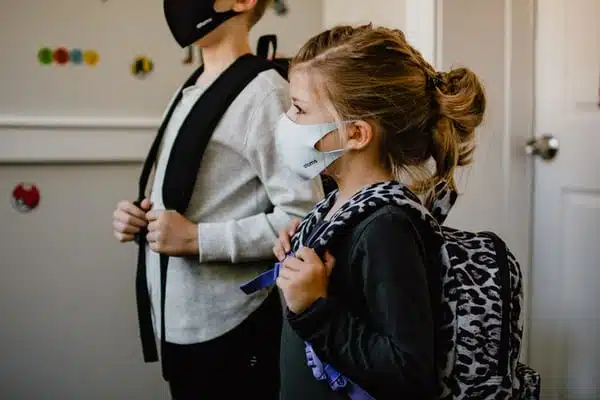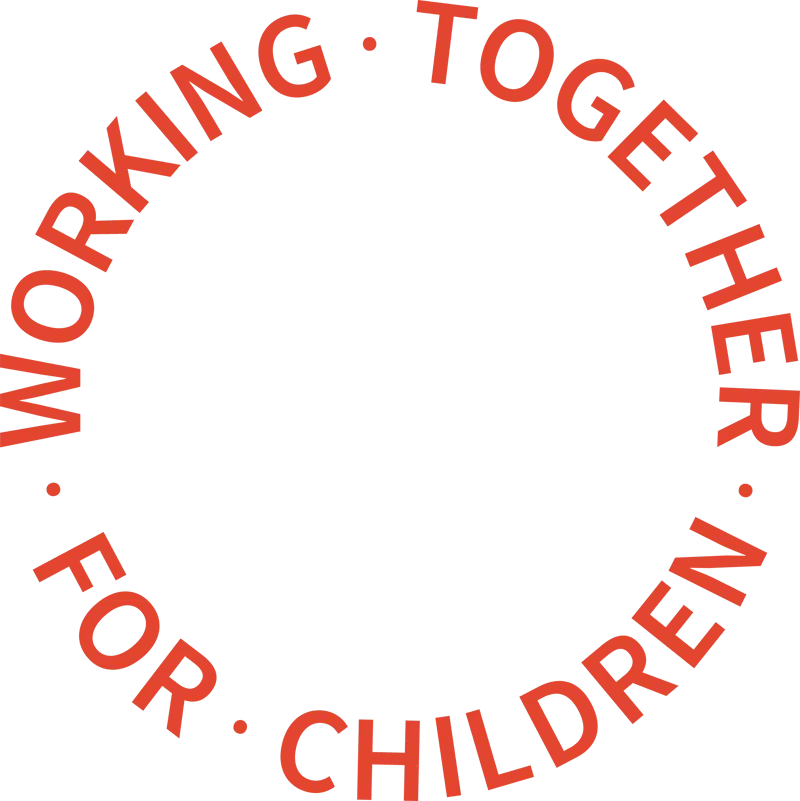School attendance rates have plummeted due to COVID-19-related reasons, Department for Education statistics have shown.

The proportion of students attending schools last week was 80.4% down from 83.4% on 1 July and 87.4% on 24 June.
Attendance in state-funded primary schools was 85.1% on 8 July, down from 87.8% on 1 July and 90.9% on 24 June. Pupil attendance in secondary schools was 73.6% on 8 July, down from 76.9% on 1 July and 82.4% on 24 June.
Around 83% of all pupils with a social worker on roll in state-funded primary schools were in attendance on 8 July, down from 85% on 1 July.
“COVID-related pupil absence in state schools is increasing and is currently at its highest rate since schools reopened in March 2021,” said the DfE report.
COVID-19 related absence includes those with a confirmed or suspected case of coronavirus, those self-isolating and those on roll in schools closed due to COVID-19 related reasons.
The report showed that COVID-related pupil absence in state-funded schools was 11.2% on 8 July, up from 8.5% on 1 July and from 5.1% on 24 June. Other key findings include:
- In primary schools, COVID-related absence was 9.8% on 8 July, up from 7.4% on 1 July and 4.5% on 24 June.
- In secondary schools, COVID-related absence was 13.5% on 8 July, up from 10.4% on 1 July and 6.2% on 24 June.
- Among pupils absent for COVID-19 reasons, the main reason for absence is self-isolation due to contact with a potential case of coronavirus inside the school. On 8 July, 8.4% of pupils were absent for this reason, up from 6.3% on 1 July.
- 0.3% of pupils in state-funded schools were absent on 8 July because their school was closed due to COVID-19 related reasons.
The number of children attending early years settings stood at 875,000, down from 937,000 the previous fortnight. The number of vulnerable children attending early years settings was 40,000, down from 42,000 the previous fortnight.
It is estimated that 5.4% of teachers and school leaders in open state-funded schools were absent due to COVID-19 reasons on 8 July, up from 4.2% on 1 July and 2.5% on 24 June.
Kevin Courtney, joint general secretary of the National Education Union, said: “The number of pupils absent for COVID-19 related reasons is now the highest at any point in the pandemic. One in five pupils, including more than a quarter of secondary pupils, were absent from school last week for all reasons combined. This means that many pupils will be facing further disruption to the end of the school year: missing end of year trips, transitions to new classes and schools, and the chance to say goodbye to friends and staff. Education professionals are being exposed to classroom outbreaks, with more than one in twenty education staff absent for Covid-related reasons last week. With more than half of teachers aged under 40, this means a majority of education professionals are likely to still be vulnerable while awaiting double vaccination.
“The government has failed to protect students and staff by not prioritising mitigation measures such as masks and testing, in the face of evidence and advice. The NEU wrote to Gavin Williamson last week in light of the government's intention to do away with almost all safety guidance for education settings. Other voices have joined us in asking for the data and modelling that has led government to make this change. No one from government has been so far able to provide these answers, and this can only raise concerns that we may need alternatives - which are not being planned.
“It is now abundantly clear that the government has no plan for schools and colleges in the event that cases carry on rising over the summer. School outbreaks are now at their highest level in 2021 so far, and self-testing amongst school-age children has collapsed to less than 20%. This is from a 60% high in March. Gavin Williamson's only response to this is to give up. The root cause of the current disruption in schools is virus spread, so focusing every effort on reducing transmission in schools to keep children healthy and in education should be the government's priority.
“Simply hoping for the best did not prevent the Delta variant breaching our borders, and hoping for the best will not be sufficient support for school and college leaders who need the backing of government to stay open safely and sustainably when case counts rise. We can all hope for the best but we must plan for something that is less than the best,” he concluded.
Attendance in education and early years settings during the coronavirus (COVID-19) outbreak

